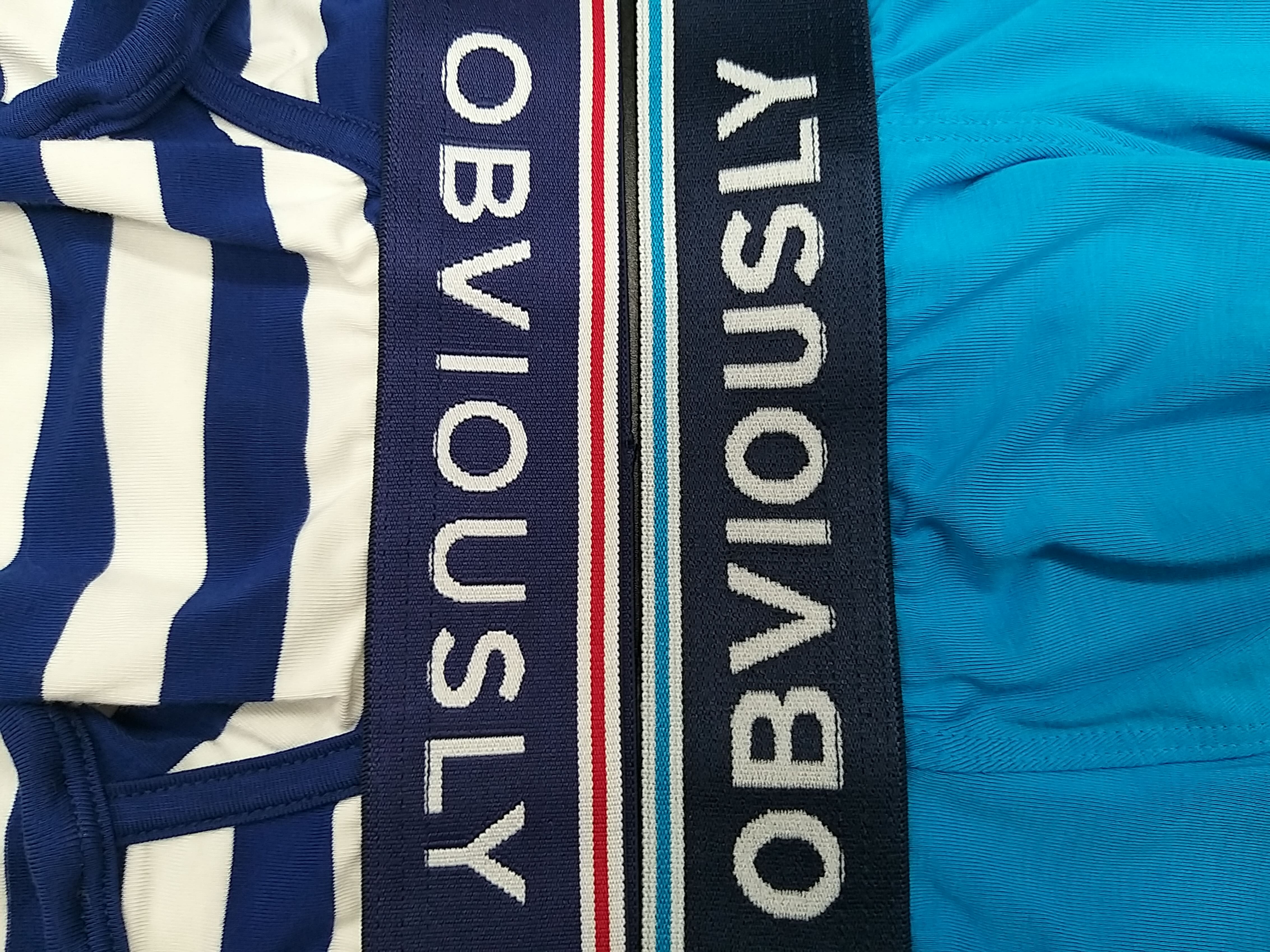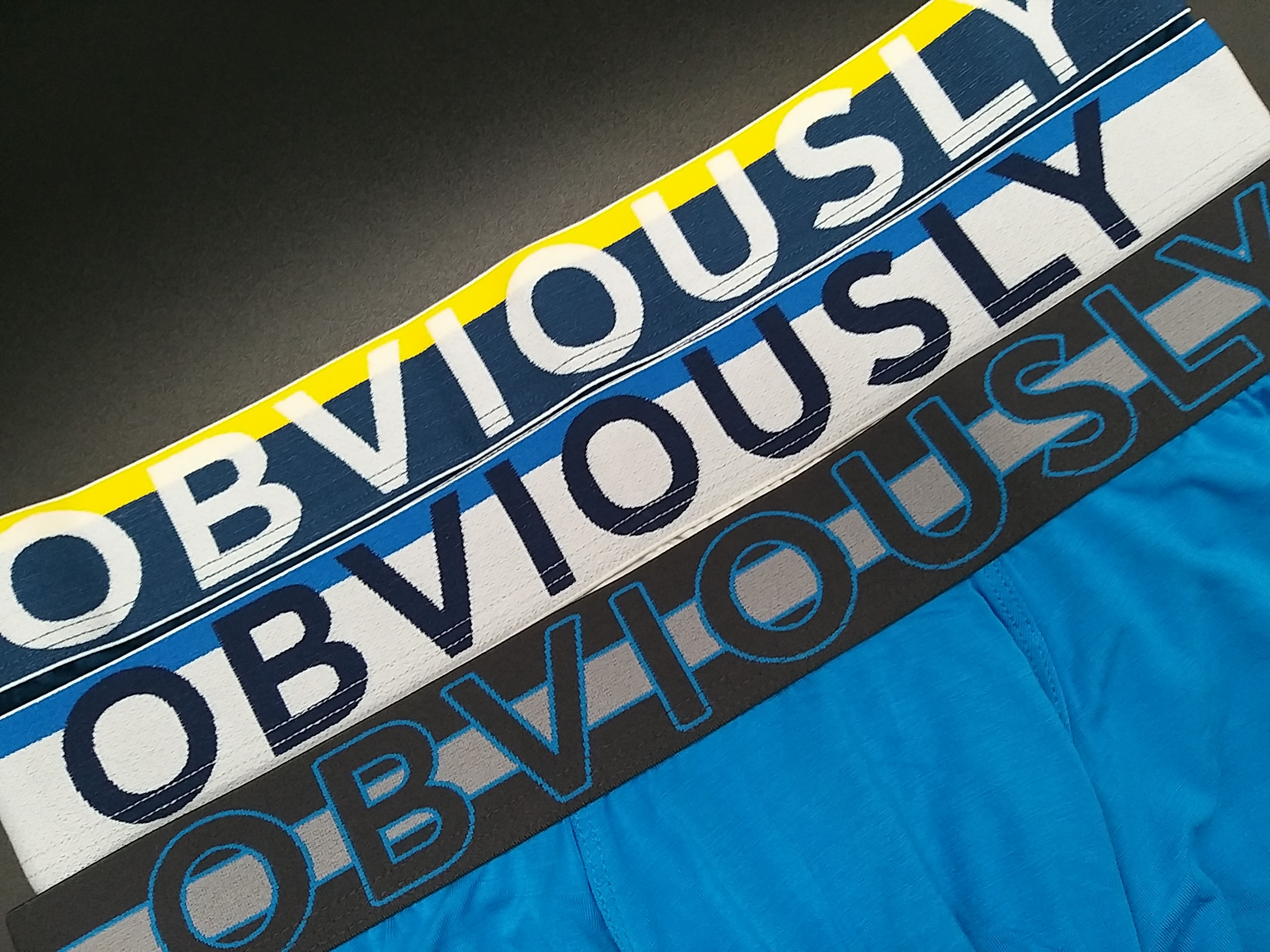
Can You Wash Whites With Colors: Laundry Care Tips
Laundry care can be a challenge, especially if you're a young adult or college student navigating the world of laundry for the first time. Our laundry experts are here to lend a helping hand. In this informative article, we'll share essential tips and tricks to make your laundry experience a breeze. Wondering if you can wash whites with colors? We'll break it down for you and provide you with foolproof laundry management strategies.
Can You Wash Whites With Colors?
When it comes to doing laundry, one common question that often arises is whether it is safe to wash whites with colors. The concern is that the colors may bleed onto the whites, resulting in unwanted discoloration. The answer to this question is generally no, it is not recommended to wash whites with colors. Mixing whites and colors increases the risk of color transfer, which can leave your white garments looking dull or stained. To maintain the brightness and whiteness of your white clothes, it is best to separate them from colored garments and wash them separately.
How To Wash Whites
Washing whites requires a bit of extra care to keep them looking bright and clean. Here is a step-by-step guide on how to wash whites effectively:
- Sort your laundry: Start by separating your whites from colored garments. This will prevent color bleeding and maintain the brightness of your whites.
- Pre-treat stains: Check your white clothes for any stains and pre-treat them before washing. Apply a stain remover or a mixture of detergent and water directly to the stained area and let it sit for a few minutes.
- Choose the right detergent: Select a high-quality detergent specifically formulated for whites or one that contains bleach alternatives. These detergents help to brighten and whiten your clothes.
- Set the water temperature: For most white fabrics, using hot water is recommended as it helps to remove dirt and stains effectively. However, always check the care label on your garments to ensure you're using the appropriate water temperature.
- Load the washing machine: Place your white garments into the washing machine, making sure not to overload it. Overcrowding can prevent proper agitation and rinsing.
- Add detergent: Follow the instructions on the detergent packaging to determine the appropriate amount to use. Pour the detergent into the designated dispenser or directly into the drum.
- Start the wash cycle: Select the appropriate wash cycle for your whites, such as a regular or heavy-duty cycle. If your washing machine has a pre-soak option, consider using it for heavily soiled items.
- Extra whitening boost: If you want to give your whites an extra whitening boost, consider adding a whitening agent like oxygen bleach or baking soda to the wash. These can help remove stubborn stains and brighten your whites.
- Dry properly: Once the wash cycle is complete, remove your white clothes promptly from the washing machine. Hang them to dry in direct sunlight if possible, as the sun's natural bleaching properties can further enhance the whiteness of your garments. If using a dryer, choose a low or medium heat setting to prevent shrinking or damage.
By following these steps, you can ensure that your white clothes stay fresh, bright, and free from stains, keeping them looking their best for longer.

Can I Wash Whites With Light Colors Together?
When it comes to combining colors with whites when washing, it's generally safer to stick to light or pastel shades. These colors are less likely to bleed onto white garments and cause discoloration. Some examples of colors that are generally safe to combine with whites include light blues, pinks, yellows, and pale greens.
However, it's important to note that the colorfastness of individual garments can vary, so it's always a good idea to perform a colorfastness test before washing. Dampen a small, inconspicuous area of the colored garment and blot it with a white cloth to check for any color transfer. If there is no color bleeding, it is usually safe to wash the item with whites.
How Should I Separate Whites and Colors When Washing?
Properly separating whites and colors when washing is essential to prevent color bleeding and maintain the brightness of your white garments. Here is a step-by-step guide on how to separate whites and colors effectively:
- Sort your laundry: Start by sorting your laundry into separate piles - one for whites and another for colors. This step ensures that you can easily identify which items should be washed together and which should be kept separate.
- Check for colorfastness: Before washing any colored garments, it's important to check for colorfastness. Dampen a small, inconspicuous area of each colored item and blot it with a white cloth. If there is no color transfer, it is generally safe to wash the item with other colors.
- Separate heavily soiled items: If any of the garments, whether white or colored, are heavily soiled, it is best to wash them separately. This prevents dirt or stains from transferring onto other clothes.
- Sort colors by temperature: Divide the colored garments into subgroups based on the recommended water temperature for washing. Some colors may require cold water, while others can be washed in warm or hot water. Sorting by temperature helps to prevent color bleeding and fading.
- Consider fabric type: Take into account the fabric type when separating whites and colors. Delicate fabrics, such as silk or lace, should be washed separately from heavier fabrics to avoid damage.
- Wash whites separately: It is generally recommended to wash whites separately from colors to maintain their brightness. This prevents any color bleeding that may occur during the wash cycle.
- Use color-catching sheets or laundry pods: To further prevent color bleeding, consider using color-catching sheets or laundry pods. These products absorb loose dyes in the water, preventing them from transferring onto other garments.
By following these steps and taking the time to properly separate your whites and colors, you can minimize the risk of color bleeding and keep your white garments looking crisp and vibrant.
What Happens If I Accidentally Wash Whites With Colors?
Accidentally washing whites with colors can result in color bleeding, which can cause your white garments to become discolored or stained. When colors bleed onto whites, it can be challenging to remove the transferred dye completely. The extent of the damage depends on various factors, such as the color intensity, fabric type, and the duration of the wash cycle.
If you accidentally wash whites with colors, here are some steps you can take to minimize the damage:
Remove the affected items promptly: As soon as you realize the mistake, remove the white garments from the washing machine. The longer they sit in the colored water, the more likely the color bleeding will set in.
Rinse with cold water: Rinse the affected white garments immediately with cold water to help remove any excess dye. Gently agitate the fabric to encourage the dye to release.
Treat stains: If any stains or discoloration remain, treat them with a stain remover or a mixture of detergent and water. Follow the instructions on the stain remover product and allow it to sit for a few minutes before rinsing again.
Rewash separately: Once you have rinsed and treated the affected white garments, rewash them separately from the other colors. Use a color-safe bleach alternative or a whitening agent to help restore the brightness of the whites.
It's important to note that even with these steps, there is no guarantee that the discoloration or stains will be completely removed. Prevention is always the best approach, so be sure to separate your whites and colors properly in future washes to avoid any mishaps.
Conclusion
In conclusion, proper laundry care is crucial for young adults and college students who may have limited experience or access to laundry facilities. When it comes to washing whites, it is generally recommended to separate them from colors to prevent color bleeding and maintain their brightness. However, light or pastel shades can be safely combined with whites, as long as a colorfastness test is performed. By following the tips and guidelines provided in this article, young adults and college students can confidently navigate the world of laundry management, ensuring their whites stay crisp and vibrant while effectively caring for their clothing.
Final Thoughts
Elevate your underwear game with Obviously Apparel's exceptional selection of premium-quality undergarments. Designed with meticulous attention to detail, our diverse collection features a variety of styles, from classic boxers to briefs, jockstraps, and trunks, all tailored to provide unparalleled comfort and support for the modern man. Don't settle for uncomfortable and poorly fitting underwear any longer—explore Obviously Apparel today and revolutionize your underwear drawer with our superior craftsmanship.
Sources




